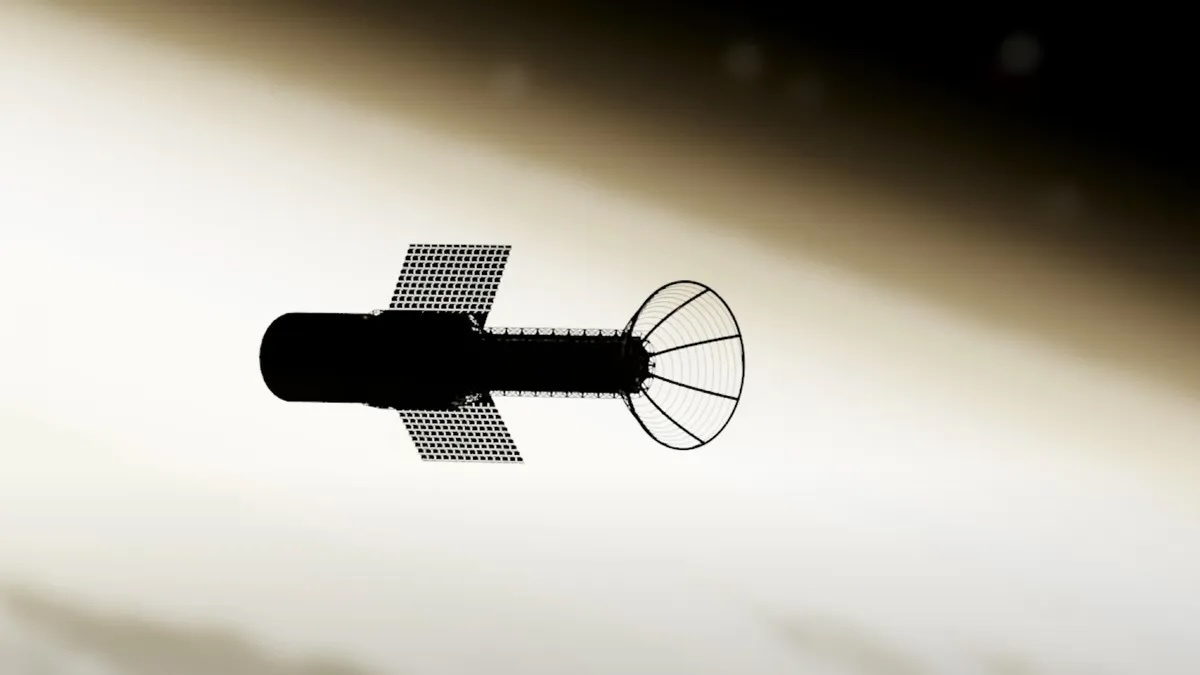20.05.2024
"The PPR enables a whole new era in space exploration."

An illustration of Howe Industries' Pulsed Plasma Rocket (PPR) concept. (Image credit: Howe Industries via YouTube)
An innovative rocket system could revolutionize future deep space missions to Mars, reducing travel time to the Red Planet to just a few months.
The goal of landing humans on Mars has presented a myriad of challenges, including the need to quickly transport large payloads to and from the distant planet, which, depending on the positions of Earth and Mars, would take almost two years for a round trip using current propulsion technology.
The Pulsed Plasma Rocket (PPR), under development by Howe Industries, is a propulsion system designed to be far more efficient than current methods of deep space propulsion, enabling the trip between Earth and the Red Planet to be made in just two months. Specifically, the rocket will have a high specific impulse or Isp, a measure of how efficiently an engine generates thrust. This technology could therefore enable astronauts and cargo to travel to and from Mars more efficiently and rapidly than existing spacecraft, according to a statement from NASA.
Stemming from the Pulsed Fission Fusion concept, the PPR uses a fission-based nuclear power system, which obtains energy from the controlled splitting of atoms, to generate thrust for spacecraft propulsion. However, the PPR is smaller, simpler and more affordable than previous concepts.
In addition to enabling further range missions, the PPR could support much heavier spacecraft, meaning additional shielding could be installed to reduce a crew's exposure to harmful high-energy particles, called Galactic Cosmic Rays, endured during long-duration spaceflight.
"The PPR enables a whole new era in space exploration," NASA officials said.
"The exceptional performance of the PPR, combining high Isp and high thrust, holds the potential to revolutionize space exploration," the statement reads. "The system's high efficiency allows for manned missions to Mars to be completed within a mere two months."
The PPR concept is now moving into Phase II of the NASA Innovative Advanced Concept (NIAC) study, having completed Phase I, which focused on the neutronics of the propulsion system, designing the spacecraft, power system and necessary subsystems, analyzing the magnetic nozzle capabilities, and determining trajectories and benefits, according to the statement.
During Phase II, developers will build upon the assessments from Phase I to optimize the engine design, perform proof-of-concept experiments and design a spacecraft concept to better protect crewed flights to Mars. Currently visited only by robotic explorers, the PPR could one day bring NASA closer to establishing a permanent base on Mars.
Quelle: SC
